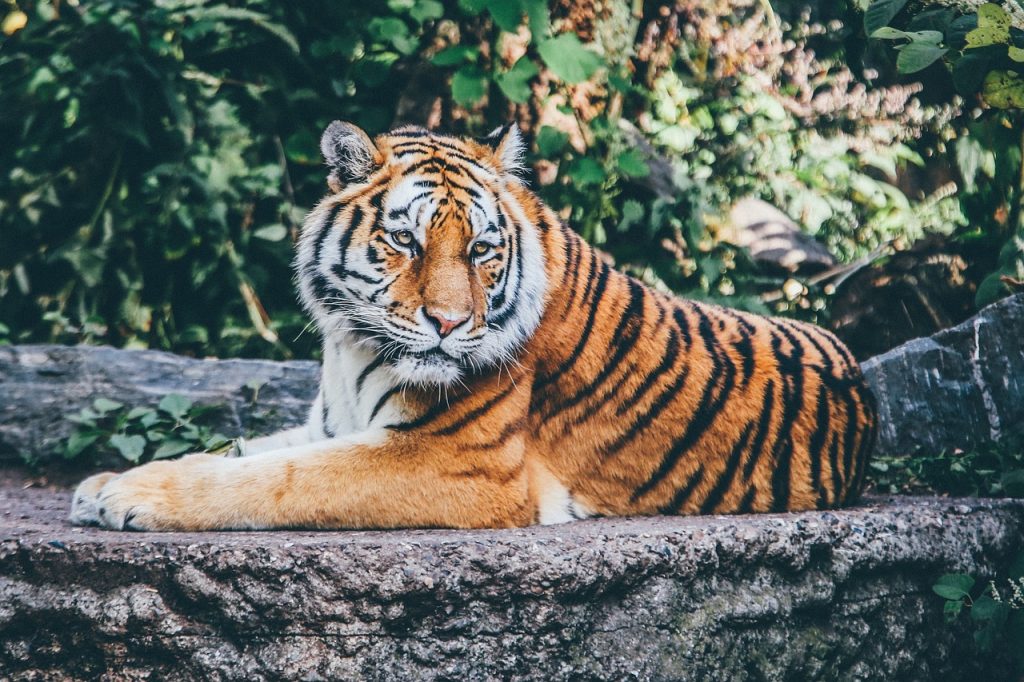Zoo Report: Weather’s Influence on Animal Moves and Tiger Resettlements
2 min read
As December approaches, the unpredictable weather continues to linger, providing unexpected opportunities amid the transitioning seasons. The prolonged warmth has been a blessing, granting extra time for outdoor tasks that were initially deemed unattainable after the abrupt winter storm in October. Seizing the chance while the weather permits, the zoo is capitalizing on these milder temperatures to tackle pending projects.
While the warm climate persists, certain animals, adapted to warmer conditions, may not venture outdoors. However, the absence of freezing temperatures is beneficial. A layer of snow could provide essential moisture and insulation once winter fully settles in, a detail not lost on the zoo’s planners.
Amidst these fluctuations, the zoo has continued its animal transfers safely. Viktoria, the female tiger cub, recently embarked on her journey to Salina, Kansas. Though hesitant to leave her transfer crate initially, reports confirm she’s settling well into her new surroundings at the Rolling Hills Zoo.
In an exciting addition, a new male Amur tiger named Finn arrived at the zoo last Wednesday. The six-year-old wasted no time adapting to his new habitat, displaying a calm demeanor and impressive manners, according to the zookeepers. Finn, slightly larger than Viktor, will undergo a month-long quarantine before joining others on exhibit.
However, the zoo’s resident male cubs, Dimitri and Luka, remain for now. Their departure is imminent, pending the completion of habitat renovations at their new destination. Visitors still have the chance to see them before their departure, as the Amur tiger enclosure boasts three distinct yards, offering guests a glimpse of these majestic creatures in varied environments until the cubs depart.
As the zoo bids farewell to these cubs, there’s optimism for future additions to the tiger population. While staff and visitors will miss their presence, the anticipation of welcoming new members in the future brings hope and excitement for continued conservation efforts.





